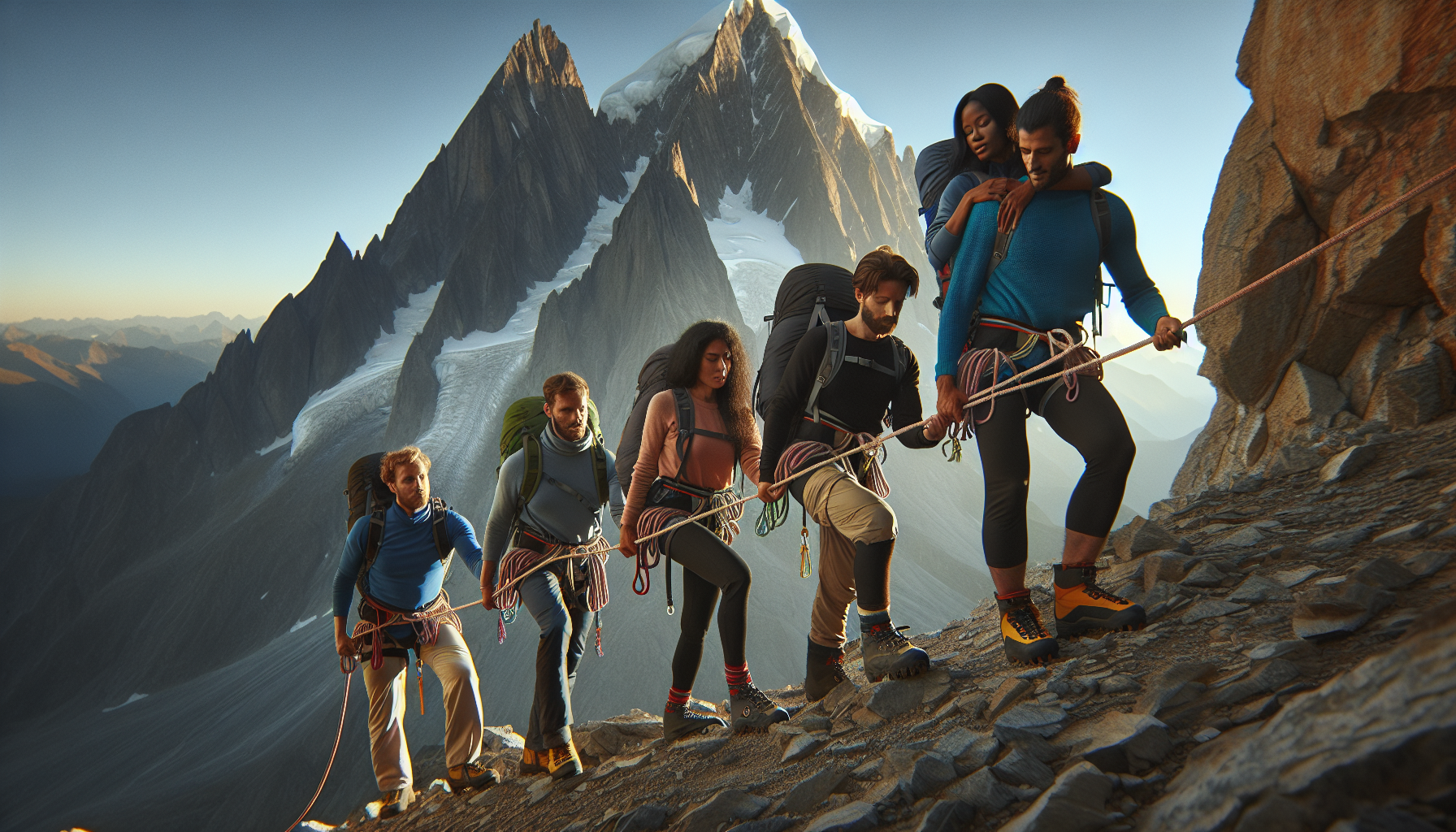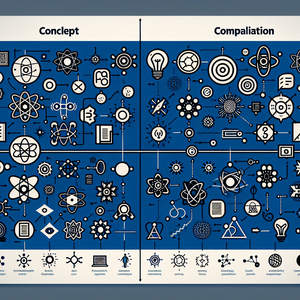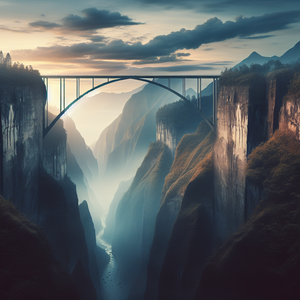The Digital Renaissance of Visual Art: Redefining Creativity in the Technological Era

For centuries, the traditional art world operated as an exclusive domain, accessible only to those with wealth, influence, or connections. Artists often needed the endorsement of curators, gallery owners, or critics to gain visibility. This exclusivity marginalized countless talented creators who lacked access to these gatekeeping structures. The advent of digital platforms such as Instagram, ArtStation, Behance, and TikTok has upended this hierarchy, democratizing the art world. These platforms allow artists to bypass traditional gatekeepers and share their work directly with global audiences. Whether you're a painter in a small village in Kenya, a photographer in a remote town in Alaska, or a digital artist in Tokyo, you can now showcase your creations to millions with just a few clicks. For example, platforms like Der Greif offer emerging artists visibility through online exhibitions, networking opportunities, and access to resources. Artists can curate virtual galleries, gain constructive feedback, and connect with collectors or collaborators without ever stepping into a traditional gallery. This accessibility has been a game-changer for emerging talents, opening doors that were previously shut. Consider the story of Tyler Spangler, a graphic designer and digital artist whose bold, surrealist works found their audience on Instagram. Spangler’s nontraditional style, which might have struggled to gain acceptance in conventional galleries, resonated with millions online. Today, he licenses his work to global brands and sustains a thriving career—all thanks to the visibility afforded by digital platforms. This democratization has also allowed artists to challenge traditional tastes and expectations. Instead of conforming to the preferences of collectors or curators, artists are free to experiment, innovate, and connect with niche audiences who appreciate their unique perspectives.
Breaking Down Geographic Barriers: A Global Stage for Art
One of the most profound impacts of the digital renaissance has been its ability to transcend geographic boundaries. In the pre-digital era, artists in remote locations often struggled to gain recognition, relying on local exhibitions or word of mouth. Today, those same artists can reach global audiences, connecting with collectors, curators, and fans from all corners of the world. Take, for instance, Nigerian digital artist Osinachi, whose striking portraits are created using Microsoft Word. Before the rise of digital platforms, Osinachi's innovative approach might have been dismissed or overlooked in traditional art circles. However, through social media and the burgeoning world of NFTs (non-fungible tokens), Osinachi has gained international acclaim, with his work showcased in prestigious galleries and auctioned for substantial sums. This global reach has been particularly transformative for artists from underrepresented regions or communities. It enables them to challenge stereotypes and share their unique cultural narratives with the world. Moreover, digital platforms have fostered cross-cultural collaborations, allowing artists from diverse backgrounds to combine styles, techniques, and influences in unprecedented ways. For example, an illustrator in South Korea might collaborate with a photographer in Paris to create a mixed-media project that blends traditional and modern elements. These collaborations are not only enriching the art world but also fostering greater cultural understanding.
Navigating the Algorithm: The Double-Edged Sword of Digital Platforms
While digital platforms have revolutionized the art world, they are not without challenges. Central to these platforms is the algorithm—a system designed to determine which content gets seen and by whom. These algorithms can act as both a springboard and a barrier for artists. On the positive side, algorithms can amplify an artist’s reach, exposing their work to new audiences based on engagement metrics like likes, shares, and comments. For instance, an artist who creates visually striking, attention-grabbing content may find their work going viral, leading to rapid career growth. However, algorithms can also be a double-edged sword. They often prioritize content that performs well immediately, which can disadvantage artists creating slower, more contemplative works. Additionally, artists who are not tech-savvy or who struggle with self-promotion may find it difficult to gain traction in the fast-paced digital landscape. To succeed in this environment, many artists have had to adapt their strategies. Some experiment with different formats, such as time-lapse videos of their creative process, to appeal to algorithm-driven platforms like TikTok. Others focus on building loyal communities by engaging with their followers through comments, livestreams, or behind-the-scenes content. These strategies demonstrate how artists are not just navigating the challenges of the digital age but actively shaping it to suit their needs.
Success Stories: Thriving in the Digital Renaissance
The digital renaissance has given rise to numerous success stories, illustrating the transformative power of digital platforms. One notable example is Krista Kim, a digital artist whose work explores the intersection of technology and spirituality. By leveraging digital platforms, Kim has gained international recognition, showcased her work in major exhibitions, and even sold her NFT project, 'Mars House,' for $500,000. Another inspiring story is that of Lauren Hom, a hand-lettering artist who turned her Instagram following into a thriving business. By sharing her creative process, offering online courses, and engaging with her audience, Hom has built a sustainable career that empowers her to live life on her own terms. These stories underscore the potential of digital platforms to not only showcase art but also create opportunities for artists to monetize their work, connect with collaborators, and achieve professional growth.
The Future of the Digital Renaissance: Innovation and Ethical Challenges
As technology continues to evolve, so too will the opportunities and challenges for visual artists. Emerging technologies such as virtual reality (VR) and augmented reality (AR) are already transforming how art is experienced, offering immersive, interactive experiences that go beyond the limitations of physical galleries. Similarly, blockchain technology and NFTs are revolutionizing how artists sell, authenticate, and monetize their work. However, these advancements also raise important ethical questions. How can we ensure that the digital renaissance is inclusive, giving all artists equal opportunities to succeed? What steps can be taken to protect artists’ copyrights in an age of easy digital replication? And how can the environmental impact of energy-intensive technologies like NFTs be mitigated? To navigate these challenges, artists, platforms, and institutions will need to work collaboratively. Increased digital literacy, transparent algorithms, and sustainable practices will be essential to ensuring that the digital renaissance benefits everyone.
The digital renaissance of visual art is more than just a passing trend—it is a transformative movement reshaping how art is created, shared, and experienced. By breaking down traditional barriers, digital platforms have empowered countless artists to find their voices, reach global audiences, and build thriving careers. At the same time, these platforms have challenged the art world to rethink its norms, embrace innovation, and prioritize accessibility. As we move forward, the digital renaissance will continue to evolve, driven by emerging technologies and the boundless creativity of artists. It is an exciting time for visual art—a time when creativity knows no boundaries, and the possibilities are limited only by our imaginations. For artists, audiences, and the art world as a whole, the digital renaissance represents not just a new chapter but an entirely new canvas on which to create the future.
Digital Art Director
Creative agencies, tech startups, and global brands like Nike, Apple, and Spotify
Core Responsibilities
Oversee the creation of digital art campaigns, blending traditional artistic sensibilities with cutting-edge digital tools.
Collaborate with designers, animators, and marketing teams to deliver visually compelling assets for platforms like Instagram, TikTok, and web-based campaigns.
Ensure brand consistency while pushing creative boundaries in the digital space.
Required Skills
Expertise in Adobe Creative Suite, Figma, and emerging design tools like Procreate or Blender.
Strong leadership and communication skills, with experience managing creative teams.
Familiarity with social media algorithms and trends to optimize content for engagement.
NFT Specialist/Consultant
Cryptocurrency startups, art marketplaces, and innovative brands entering the digital art realm, such as Sotheby’s, Binance, and SuperRare
Core Responsibilities
Guide artists and brands in creating, minting, and marketing NFTs on platforms like OpenSea, Rarible, and Foundation.
Stay updated on blockchain developments and advise on the ethical and environmental considerations of NFT creation.
Build strategies to help artists monetize digital art and connect with collectors.
Required Skills
Deep understanding of blockchain technology and NFT platforms.
Knowledge of smart contracts and cryptocurrency ecosystems.
Skills in digital marketing, with a focus on storytelling and audience engagement.
Virtual Reality (VR) Experience Designer
Game studios, tech companies like Meta and Google, and art institutions exploring digital installations
Core Responsibilities
Conceptualize and create immersive VR art installations or exhibitions for museums, galleries, or independent projects.
Collaborate with developers to design interactive elements that enhance the audience's experience.
Incorporate storytelling and sound design to create multi-sensory environments.
Required Skills
Proficiency in Unity or Unreal Engine, with a strong background in 3D modeling and animation.
Familiarity with VR hardware like Oculus Rift and HTC Vive.
Experience with user experience (UX) design and spatial storytelling.
Digital Platform Curator (Art & Design)
Online art platforms, museums expanding into digital spaces, and creative agencies
Core Responsibilities
Curate and manage online art exhibitions for platforms like Behance, ArtStation, or independent digital galleries.
Collaborate with emerging and established artists to showcase diverse artistic voices.
Analyze audience engagement metrics to optimize exhibitions for a global audience.
Required Skills
Strong eye for visual storytelling and knowledge of contemporary art trends.
Experience with digital curation tools and content management systems (CMS).
Networking skills to build relationships with artists, collectors, and institutions.
Creative Technologist
Innovative studios, art-tech startups, and cultural institutions like MoMA or Google Arts & Culture
Core Responsibilities
Develop innovative tools or installations that merge art and technology, such as interactive digital sculptures or generative art.
Work with artists to integrate emerging technologies like augmented reality (AR), artificial intelligence (AI), or data visualization into their projects.
Prototype and test experimental art concepts for exhibitions or commercial purposes.
Required Skills
Proficiency in programming languages (e.g., Python, JavaScript) and creative coding frameworks like p5.js or Processing.
Strong problem-solving skills and the ability to collaborate across creative and technical teams.
Knowledge of trends in art and technology, as well as a passion for experimentation.


